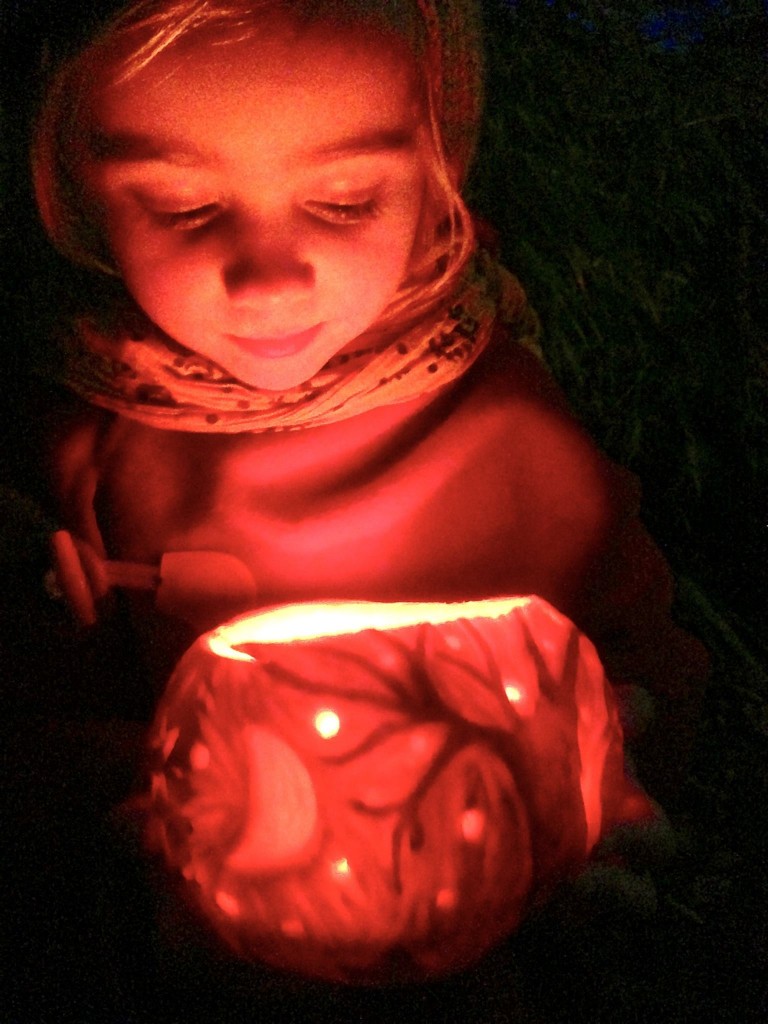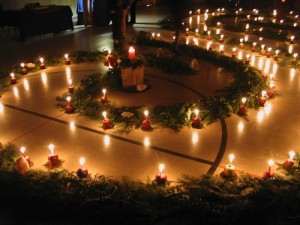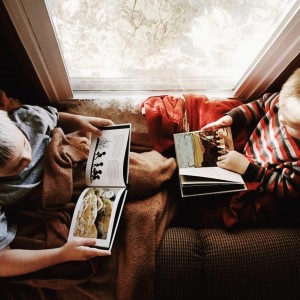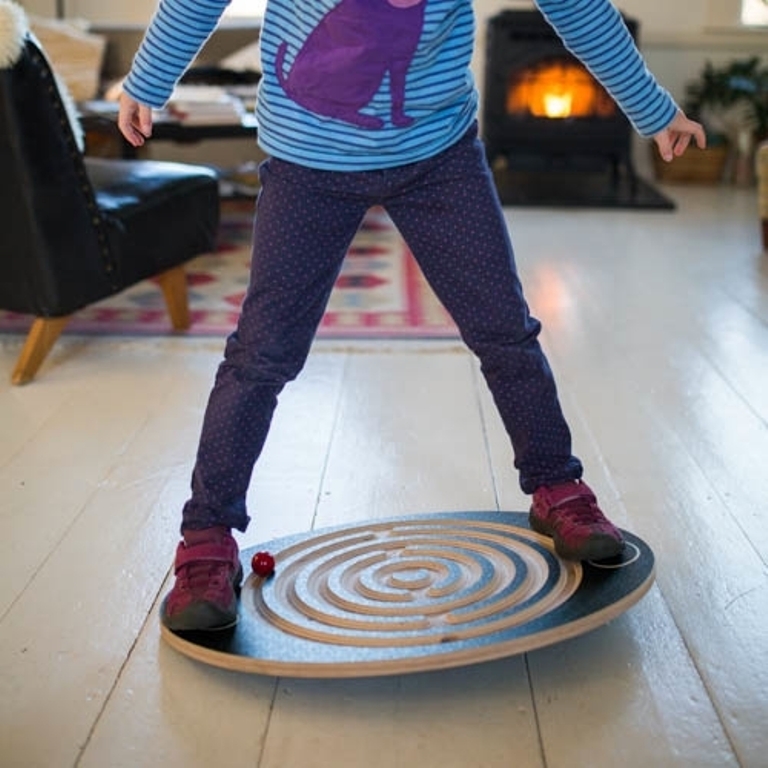Martinmas, or the festival of St. Martin, is celebrated around November 11 in Waldorf schools with a nighttime lantern walk–often with songs followed by autumn treats.
Like Halloween, Martinmas is rooted in Christian ritual but is now more of a cultural event, anticipated by children in many European countries. The essence of the holiday—marking the end of the fall harvest and the advent of snowy weather—reminds us that through all of life’s outward changes we maintain within us the warm light of our spirit.
Martinmas dates back to the Middle Ages and the veneration of St. Martin, a 4th-century bishop who founded an abbey in Tours, France. Martin was a Roman horse soldier who converted to Christianity; according to legend, one wintry day he encountered a shivering beggar and cut his cloak in half to give the poor man warmth. That night, Martin had a vision of Jesus wearing Martin’s divided red cloak. Martin is now the patron saint of tailors, as well as that of France.
Traditionally, Martinmas coincided with the many busy activities around farms in late fall. Any remaining late crops in the fields, such as winter squash, would be harvested before the deep snow falls; it was also the time to plant winter wheat, which came up in early spring and provided flour for the new year.
The bounty of the late harvest, fresh wine, and the slaughter of animals naturally suggested a feast day. As such, Martinmas was a precursor to the American holiday of Thanksgiving, and is still marked in Europe with sumptuous meals, often of roast goose. In Germany, suckling pig is prepared in the town square.
Centuries ago, bishops in some European countries ordered fasting for several days a week from Martinmas to Epiphany—a period of 56 days. Among the more unusual Martinmas traditions no longer observed was the invocation in Ireland that no wheel shall turn on the feast day—in respect for the fact that Martin was killed by being tossed into a mill stream and crushed under the paddlewheel.

Today in many European countries, the Martinmas festival culminates in a lantern walk at night, followed by a bonfire and songs. Traditionally the lanterns were carved out of newly harvested squash gourds, and illuminated with a candle—the origin of our jack-o-lantern—but can also be made of paper or jars. The lanterns and the bonfire symbolize light in the darkness of winter, and give hope to the poor through the good deeds of St. Martin.
In America the holiday is not commonly observed, although the city of St. Paul, Minnesota has a public Martinmas lantern parade around Rice Park. The tradition of Martinmas has been maintained in the New World primarily by Waldorf schools.
From a child’s point of view, the best part of Martinmas may be the sweet treats at the end of a lantern walk. In some countries, children go from house to house with their lanterns, “begging” for treats—certainly the origin of our modern Halloween ritual.
If you are not part of a Waldorf school community (or don’t live in St. Paul), you may wish to organize your own family Lantern Walk with friends and neighbors. The books All Year Round and Crafts Through the Year have instructions for making different types of lanterns. The Autumn volume from the Wynstones collection of seasonal books has a number of lantern songs that can be softly sung on your quiet procession.
Last, but not least, don’t forget to have some treats ready when you come inside to get warm after your walk, like hot cider, ginger cookies and apples.
May the generous spirit of St. Martin be with you through the season!

Have you celebrated the season with a lantern walk–either at school or at home? If not, are you inspired to try one? Please share your thoughts and experiences!









